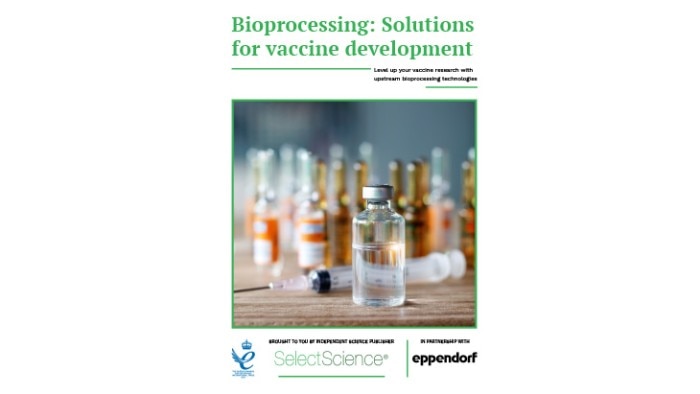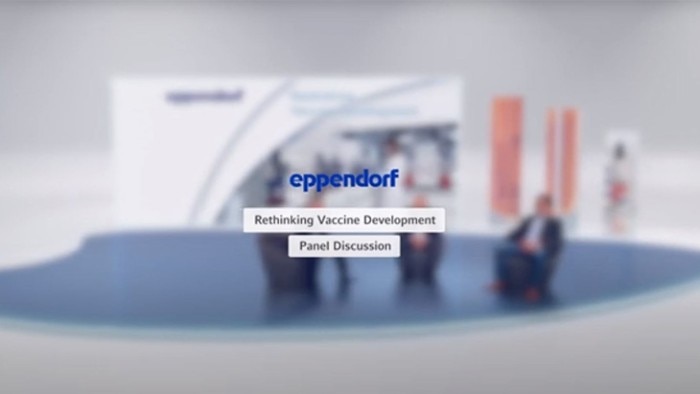-
-
-
- Challenges and Chances: A Review of the 1st Stem Cell Community Day
- Summertime, and the Livin’ Is Easy…
- Follow-on-Biologics – More than Simple Generics
- Bacteria Versus Body Cells: A 1:1 Tie
- Behind the Crime Scene: How Biological Traces Can Help to Convict Offenders
- Every 3 Seconds Someone in the World Is Affected by Alzheimer's
- HIV – It’s Still Not Under Control…
- How Many Will Be Convicted This Time?
- Malaria – the Battle is Not Lost
- Physicians on Standby: The Annual Flu Season Can Be Serious
- At the Forefront in Fighting Cancer
- Molecular Motors: Think Small and yet Smaller Again…
- Liquid Biopsy: Novel Methods May Ease Cancer Detection and Therapy
- They Are Invisible, Sneaky and Disgusting – But Today It’s Their Special Day!
- How Many Cells Are in Your Body? Probably More Than You Think!
- What You Need to Know about Antibiotic Resistance – Findings, Facts and Good Intentions
- Why Do Old Men Have Big Ears?
- The Condemned Live Longer: A Potential Paradigm Shift in Genetics
- From Research to Commerce
- Chronobiology – How the Cold Seasons Influence Our Biorhythms
- Taskforce Microbots: Targeted Treatment from Inside the Body
- Eyes on Cancer Therapy
-
-
-
-
-
- Challenges and Chances: A Review of the 1st Stem Cell Community Day
- Summertime, and the Livin’ Is Easy…
- Follow-on-Biologics – More than Simple Generics
- Bacteria Versus Body Cells: A 1:1 Tie
- Behind the Crime Scene: How Biological Traces Can Help to Convict Offenders
- Every 3 Seconds Someone in the World Is Affected by Alzheimer's
- HIV – It’s Still Not Under Control…
- How Many Will Be Convicted This Time?
- Malaria – the Battle is Not Lost
- Physicians on Standby: The Annual Flu Season Can Be Serious
- At the Forefront in Fighting Cancer
- Molecular Motors: Think Small and yet Smaller Again…
- Liquid Biopsy: Novel Methods May Ease Cancer Detection and Therapy
- They Are Invisible, Sneaky and Disgusting – But Today It’s Their Special Day!
- How Many Cells Are in Your Body? Probably More Than You Think!
- What You Need to Know about Antibiotic Resistance – Findings, Facts and Good Intentions
- Why Do Old Men Have Big Ears?
- The Condemned Live Longer: A Potential Paradigm Shift in Genetics
- From Research to Commerce
- Chronobiology – How the Cold Seasons Influence Our Biorhythms
- Taskforce Microbots: Targeted Treatment from Inside the Body
- Eyes on Cancer Therapy
-
-
Regarding suitability of Eppendorf bioprocess equipment in GMP-regulated applications, please reach out to your Eppendorf sales representative.
Bioprocessing in Vaccine Development
もっと読む
表示を減らす
Our bioprocess solutions for vaccine development
もっと読む
表示を減らす
Scalable bioprocess systems
もっと読む
表示を減らす
The Eppendorf range of bioreactor systems:
- Small-scale: DASbox® Mini Bioreactor System and DASGIP® Parallel Bioreactor Systems
- Bench-scale:SciVario® twin, BioFlo® 120, BioFlo® 320
- Pilot/production-scale: BioFlo® 720, BioFlo® 510/CelliGen 510, BioFlo® 610, BioFlo® Pro

Single-use bioreactors
The use of single-use bioreactors increases turn-around, eliminates the need for bioreactor cleaning, and decreases the risk of cross-contamination. Eppendorf offers a large portfolio of single-use bioreactors for use in vaccine development. Regardless of the cells you employ to make vaccines, there are single-use bioreactors created specifically for your needs, for example:
- Microbial cells: BioBLU® f Single-Use Bioreactors (65 mL to 3.75 L)
- Cell Culture: BioBLU® c and p Single-Use Bioreactors (100 mL to 40 L)
- Cell Culture: BioFlo® 720 control station compatible with Thermo Scientific® HyPerforma® Single-Use Bioreactors (50 L to 500 L)

Cell culture in perfusion
Eppendorf offers solutions for upstream bioprocessing in perfusion:
- Bioreactor systems connectable to filtration devices for cell retention
- Bioreactor systems connectable to Cell-Lift impeller and decanter column
- Packed-bed bioreactors filled with Fibra-Cel® Disks
Find more information about these cell retention technologies and how to use them with the Eppendorf bioreactor systems
もっと読む
表示を減らす
Cultivation of adherent cells
Some cell types used in vaccine development, including Vero cells, are anchorage-dependent cells requiring a growth matrix to adhere to in order to be cultivated in stirred-tank bioreactors. There are two main approaches to ensure these cell types are retained correctly:
- Microcarriers: beads in suspension to which adherent cells can attach and grow in bioreactors
- Packed-bed bioreactors: bioreactors with a fixed bed of Fibra-Cel® Disks on which the cells are immobilized
Find out more about the cultivation of anchorage-dependent cells in Eppendorf bioreactors!

The value of bioreactors in vaccine development
もっと読む
表示を減らす
Webinar: Stirred tank bioreactors in vaccine development
The use of cell culture in bioreactors offers a standardized, scalable, and cost-effective procedure for developing vaccines. Learn, how suspension cells were efficiently cultivated in bioreactors to produce AAV particles and COVID-19 spike-proteins in suspension culture.

Process development
もっと読む
表示を減らす
もっと読む
表示を減らす
Bioprocess scale-up
もっと読む
表示を減らす
もっと読む
表示を減らす
Process intensification
もっと読む
表示を減らす
もっと読む
表示を減らす
How our customers use our products
もっと読む
表示を減らす
A selection of our customers
Read more about the different vaccine types
- Live attenuated vaccines that use a weakened (attenuated) version of the pathogen e.g., the measles, mumps, rubella (MMR) vaccine
- Inactivated vaccines that use an altered or killed version of the pathogen that cannot replicate e.g., rabies vaccine
- Subunit vaccines and toxoid vaccines that use protein, polysaccharide, or the pathogen capside.g., hepatitis B vaccine
- DNA and RNA vaccines that use DNA or RNA that codes for antigens from the pathogen, e.g., some COVID-19 vaccines
もっと読む
表示を減らす
もっと読む
表示を減らす
Read about the advantages of bioreactors for vaccine production
もっと読む
表示を減らす
もっと読む
表示を減らす
もっと読む
表示を減らす
Discover more advantages of vaccine development using mammalian cells

Get to know more about approaches and trends in vaccine development production
Infographic: Vaccine development workflow
The vaccine development journey involves several stages, from selecting lead candidates to process development, and manufacturing. Gain a better understanding of the vaccine development workflow, and learn about the problems and potential solutions of each stage.

ebook: Challenges in upstream bioprocessing
Vaccine manufacturers are facing the challenge of developing new products to serve unmet needs and fulfill the demands in an economically viable way. Read expert views and case studies on some of the hot topics in vaccine bioprocess development.

ebook: Cultivation of adherent and suspension cells
Discover application examples for the cultivation of adherent and suspension cells for vaccine development.

Panel discussion: Trends in vaccine development
Check out this video of experts discussing trends in vaccine development including automation.
















